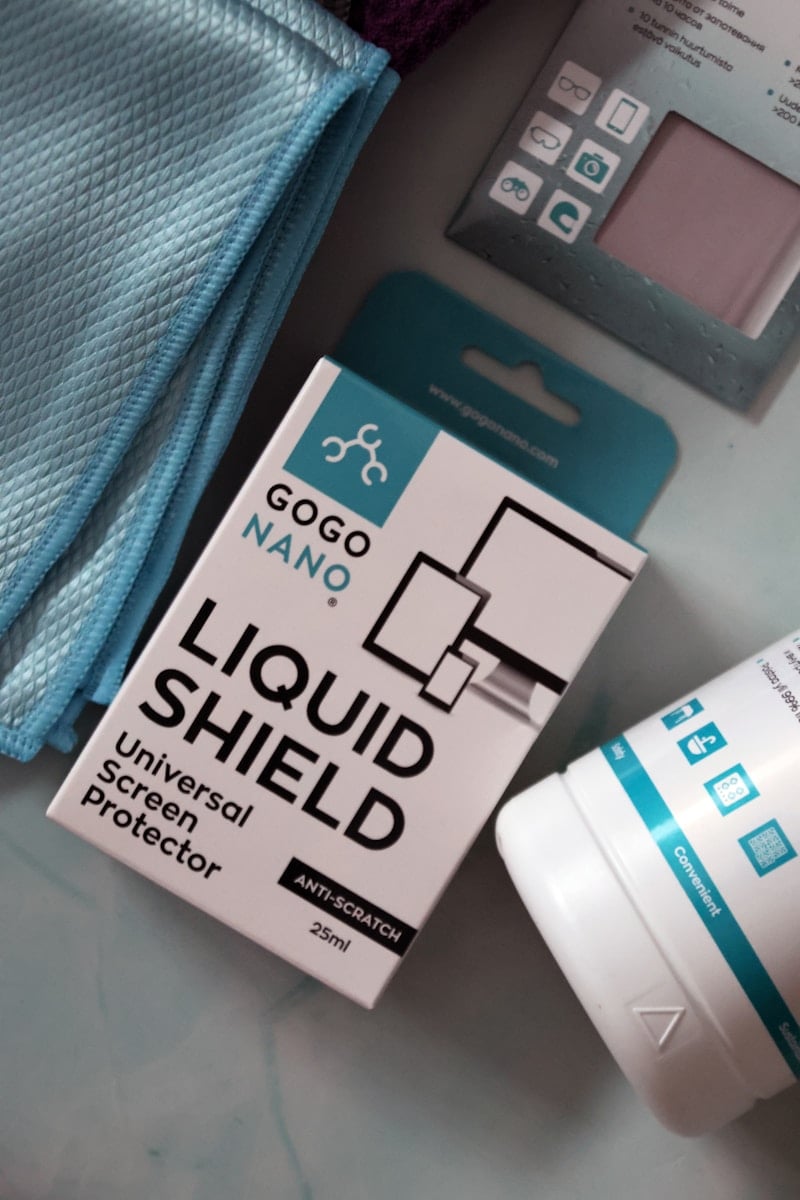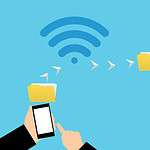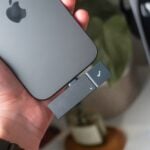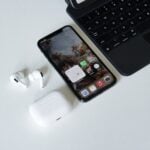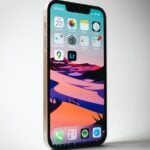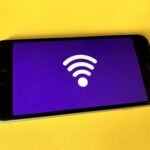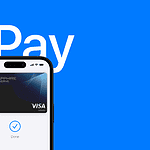Apple’s iPhones have become tougher over the years—with Ceramic Shield and now Ceramic Shield 2 on the iPhone 17 series—but even the strongest glass can crack or scratch. A quality screen protector remains one of the best investments you can make for your device’s longevity.
This guide breaks down the top screen protectors by series, material, and use case, including the latest reviews from trusted sources like Business Insider, WIRED, and Rank1one.
🧩 What’s New in 2026
- iPhone 17 Series (2025–2026): Introduced Ceramic Shield 2, which Apple claims is 3× more scratch-resistant than before. However, experts still recommend tempered glass for drop protection (source: Rank1one).
- Ultra-thin models: The new iPhone Air and iPhone 17 Pro Max have slightly curved edges, so edge-to-edge protectors are key for full coverage.
- Anti-glare coatings and blue light filters have become standard features in premium protectors.
🥇 Best Overall: Spigen AluminaCore (iPhone 17 Series)
Available for: iPhone 17, 17 Pro, 17 Pro Max, and iPhone Air
Material: Aluminum-reinforced tempered glass
Why it’s great:
- Reinforced frame prevents edge chipping.
- 2-pack for easy replacement.
- Excellent clarity and touch sensitivity.
Best for: Users who want premium protection without bulk.
(source: Business Insider)
🛡️ Best for Drop Protection: ZAGG InvisibleShield Glass XTR3
Available for: iPhone 13–17 series
Material: Aluminosilicate tempered glass with anti-shock layer
Highlights:
- Impact-diffusion technology absorbs heavy drops.
- Anti-microbial and anti-fingerprint coating.
- Compatible with Face ID and MagSafe cases.
Best for: Those frequently on the go or with slippery hands.
💎 Best Premium Choice: Belkin UltraGlass 2
Available for: iPhone 14–17 Pro Max
Material: German-engineered lithium aluminosilicate glass
Why it stands out:
- Twice as strong as standard tempered glass.
- Seamless fit with Apple’s official cases.
- Apple Store–certified installation (for perfect alignment).
Best for: Users who want Apple’s official accessory quality.
🌈 Best Budget Option: Ailun 9H Tempered Glass 3-Pack
Available for: iPhone 12–17 series
Material: 9H-rated tempered glass
Perks:
- Affordable multi-pack.
- Easy alignment frame included.
- Good scratch resistance for everyday use.
Best for: Budget-conscious users or families with multiple iPhones.
🧤 Best for Precision Touch: amFilm OneTouch GlassGuard
Available for: iPhone 15–17 Pro
Material: Ultra-thin tempered glass (0.25 mm)
Features:
- Maintains 99.9% screen clarity.
- Smooth glide coating for gaming and drawing.
- Easy-install tray system.
Best for: Gamers, artists, and stylus users.
🌙 Best for Eye Comfort: ESR Armorite Blue-Light Filter Protector
Available for: iPhone 14–17
Material: Tempered glass with blue light reduction
Advantages:
- Filters harmful blue light without color distortion.
- Anti-glare matte finish for outdoor use.
- Drop-tested to withstand up to 110 lbs of pressure.
Best for: Nighttime users and professionals who stare at screens all day.
⚙️ Best for All-Around Protection: OtterBox Amplify Glass Glare Guard
Available for: iPhone 13–17
Material: Corning-engineered glass
Why it’s worth it:
- Enhanced scratch and drop resistance.
- Anti-glare and smudge-resistant coating.
- Backed by OtterBox’s limited lifetime warranty.
Best for: Users who want a balance of clarity and toughness.
📸 Best for Privacy: Tech21 Evo Privacy Shield
Available for: iPhone 14–17 Pro
Material: Privacy-tempered glass
Features:
- Side-view blocking for privacy.
- Anti-fingerprint nano-coating.
- Works seamlessly with Face ID.
Best for: Commuters, professionals, and students.
🧾 Buying Tips for 2026
- Match the model: iPhone 17 and 17 Pro have slightly different front sensor placements—buy protectors made specifically for your model.
- Check MagSafe compatibility: Some thicker protectors interfere with magnetic cases or chargers.
- Look for installation kits: Many include alignment frames or dust removers for bubble-free application.
- Avoid plastic film protectors: Tempered glass or hybrid glass offers far better protection and clarity.
🔚 Final Thoughts
Even with Apple’s Ceramic Shield 2, a screen protector remains a must-have. For 2026, the Spigen AluminaCore and Belkin UltraGlass 2 lead the pack for premium protection, while Ailun and ESR offer excellent value options.
Whether you’re rocking an older iPhone 13 or the latest iPhone 17 Pro Max, a good screen protector can mean the difference between a pristine display and a costly repair.
Are Liquid Screen Protectors Good?
Liquid screen protectors — those small vials of “nano” liquid glass you wipe onto your phone’s display — promise invisible protection without the bulk of a traditional tempered glass screen. But are they actually effective? The answer depends on what kind of protection you’re expecting.
✅ The Pros
- Invisible finish: Once applied, the coating is completely clear and doesn’t affect touch sensitivity or screen brightness.
- Scratch resistance: The silica-based solution can strengthen your screen’s surface on a microscopic level, helping reduce fine scratches from keys or coins.
- No bubbles or alignment issues: Unlike tempered glass, there’s nothing to stick on — just wipe, wait, and polish.
- Works with any case: Because it adds no thickness, it’s compatible with all phone cases.
⚠️ The Cons
- Limited impact protection: Liquid protectors can’t absorb shock like tempered glass. If you drop your phone, the coating won’t prevent cracks.
- Difficult to remove: Once cured, the coating bonds to the glass and can’t be peeled off or replaced.
- Shorter lifespan: Most coatings last 6–12 months before needing reapplication.
- No guarantee: Many users report minimal difference in real-world durability tests.
🧠 Verdict
Liquid screen protectors can add minor scratch resistance and preserve your phone’s sleek feel, but they’re not a replacement for tempered glass when it comes to drop protection. If you want to avoid scratches and maintain a minimalist look, they’re worth trying. But for maximum safety, a tempered glass screen protector still offers the best all-around protection.
A Look Back At The iPhone 13
Protecting the iPhone 13’s screen is crucial for maintaining its sleek design and functionality. Screen protectors offer a safeguard against everyday hazards such as scratches, drops, and spills. They are essential accessories for iPhone users who want to keep their device in pristine condition. With various options available, from tempered glass to anti-glare films, selecting the right screen protector can enhance the user experience by preserving the phone’s display clarity and touch sensitivity.
Ease of installation and maintenance are important factors to consider when choosing a screen protector for the iPhone 13. A screen protector that is simple to apply and remove without leaving residue ensures a hassle-free experience for users. Additionally, a protector designed to resist fingerprints and smudges helps maintain a clear view of the screen. By choosing quality protection for their device, users can enjoy peace of mind and extend the life of their iPhone.
Key Takeaways
- iPhone 13 screen protectors are important for preventing damage to the device.
- There is a variety of screen protectors available to suit different needs.
- Proper installation and maintenance are key to ensuring longevity and clarity.
Types of Screen Protectors
Choosing the right screen protector for an iPhone 13 can safeguard the device’s screen from scratches and breaks. Screen protectors come in different materials each with specific features and protections.
Tempered Glass Protectors
Tempered glass protectors are a popular choice for iPhone 13 users. They offer a high level of protection with features like 9H hardness which resists scratches. Most have an oleophobic coating that reduces fingerprints and smudges. If they break, they are designed to shatter in a way that reduces risk of injury.
Film Protectors
Film protectors are thin and flexible. They provide a basic level of protection against scratches. While not as tough as tempered glass, they can be a good option for those looking for a less noticeable protector.
Privacy Screen Protectors
Privacy screen protectors not only protect your screen but also keep your information private. They have a special layer that restricts the viewing angle so that only the person looking directly at the phone can see the screen clearly. This type of screen protector may also include features like an antimicrobial coating or a blue-light filter to protect your eyes.
Installation and Maintenance
Applying a screen protector correctly extends its lifespan and keeps an iPhone 13 screen free from scratches. Using the right techniques and caring for the protector ensures clarity and touch sensitivity remains intact.
Installation Techniques
Most quality screen protectors come with an installation frame for proper alignment, making it easy to install without bubbles. Follow these steps for a successful application:
- Clean the iPhone screen with the provided microfiber cloth to remove any dust or fingerprints.
- Use the cleaning kit, often including a wet wipe and a dry wipe, for thorough cleaning.
- Place the installation frame over the iPhone. It ensures the protector aligns perfectly with the screen.
- Gently lay the protector onto the screen. Start from the top and press down slowly to avoid air bubbles.
Protector Care and Replacement
Regular care keeps the protector clear and free from scratches which can impair visibility:
- Use a microfiber cloth to gently wipe off any fingerprints or smudges.
- Do not use harsh chemicals, as they can damage the screen protector.
Over time, protectors may get worn and require replacement:
- Signs that it’s time for a new screen protector include deep scratches or cracks.
- Some protectors come with a lifetime warranty, so check if a free replacement is available.
- Follow the same installation steps when applying a new protector.

